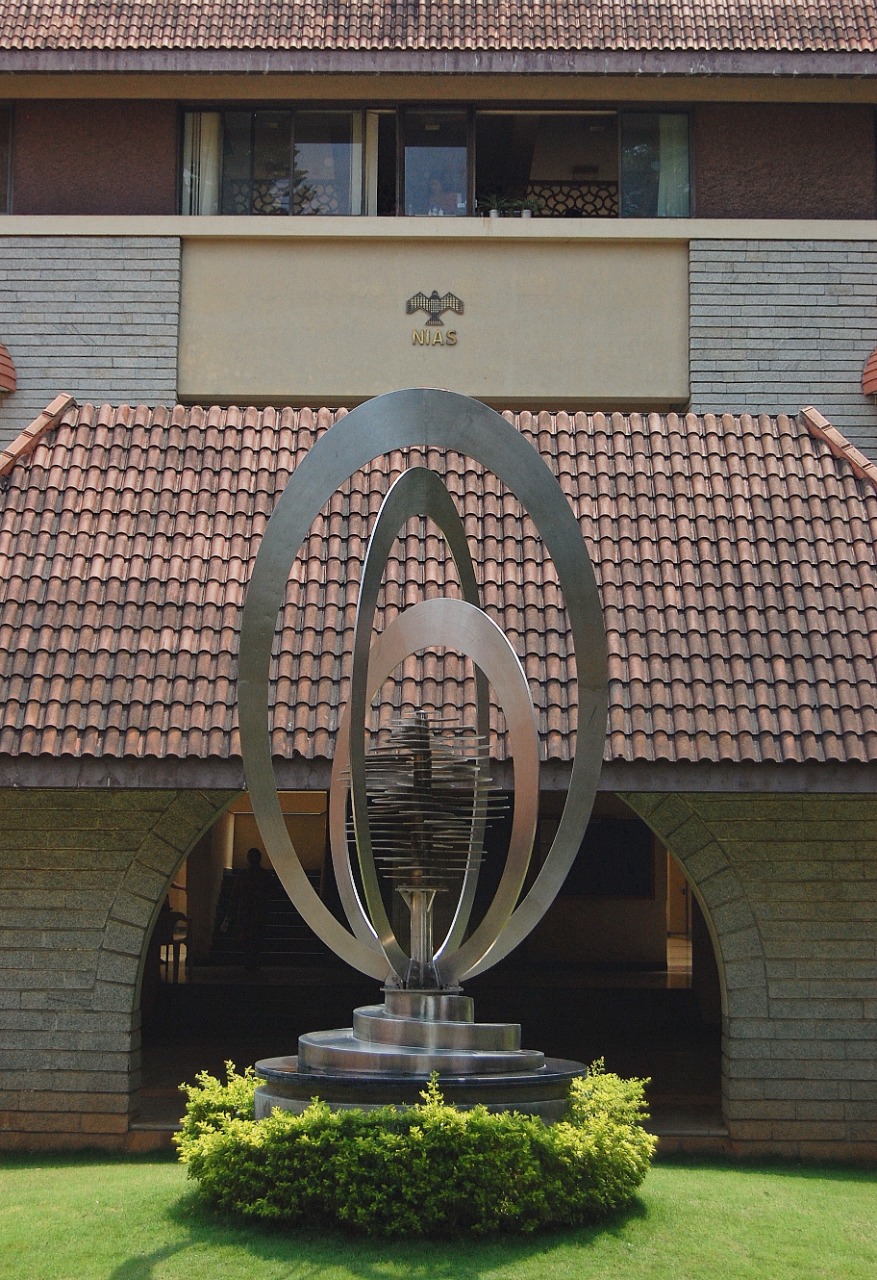
On December 12 2012 North Korea surprised the world by successfully placing a remote sensing satellite in a sun synchronous orbit using an indigenously developed launcher called the Unha.
Using publicly available information and images of the Unha launcher as well as the specific information on the first stage put out by South Korea after recovering and analyzing the debris from the first stage, the International Strategic & Security Studies Programme (ISSSP) at the National Institute of Advanced Studies (NIAS) attempted to reconstruct the trajectory of the successful launch.
For the December 12 2012 launch of the Unha, a lot of information was publicly available or reasonable estimates could be made from images of the launcher. This enabled us to reconstruct the trajectory flown by the Unha launcher with a reasonable degree of accuracy. Through an iterative process we were able to obtain a trajectory that matches well with the midpoints of the notified impact zones as well as the achieved orbit.
The analysis suggests that North Korea is somewhat more advanced than either Iran or Pakistan in space and missile technologies and products. This assessment, more than the actual performance of the Unha launcher as a missile, must be a source of considerable concern to North Korea’s immediate neighbours as well as the United States.
The available evidence based on the recovery of the first stage debris by South Korea indicates that the first stage of the Unha Launcher comprises a cluster of four Nodong Engines that have a common turbo pump and common tanks for the kerosene propellant and the RFNA oxidizer. The first stage sea level specific impulse that best fits the trajectory is only 229 seconds as compared to the initial assumed value of 232 seconds. This is consistent with a Kerosene RFNA fuel and oxidizer combination typical of the original Scud A Soviet era technology that has been modified and scaled up for a space booster application.
The second stage of the Unha does not use a Nodong engine as assumed by most analysts. We found that the second stage vacuum specific impulse that best fits the trajectory is about 270 seconds. This is not compatible with the 250 to 255 seconds vacuum specific impulse of the Nodong that uses a kerosene RFNA fuel oxidizer combination. The second stage most probably uses a UDMH RFNA fuel and oxidizer combination that is compatible with the Scud B technology of the Soviet era. Though it would have been easier for the North Korea to have used a regular missile engine for the Unha second stage they choose to develop an engine and stage specifically designed for a satellite mission. This indicates a substantial in-house capability that has built upon imported technology to not only improve it but to use the knowledge acquired to scaleup, re-design, develop, test and launch a new stage.
The ISSSP’s in-house Trajectory Model also suggests that the third stage uses an advanced engine with a specific impulse in the range of 288 to 290 seconds. The results also suggest that this is a light weight stage with a high propellant load factor of around 86%. The engine that powers this stage uses an advanced propellant oxidizer combination such as UDMH and Nitrogen Tetroxide.
This propellant and oxidizer combination was not used in the Scud series development. North Korea’s possession of this stage indicates that they have the knowledge and capabilities to indigenously design, develop, test and integrate such an advanced engine and stage into a space launcher. This is no mean achievement for a supposedly backward country like North Korea.
Though the Unha has been primarily designed for a space application it can also be used as a missile. The range of the Unha with a 1000 kg payload launched due north towards the US or Canada is 5950 Km. A due North East launch from the Launch site with a 1000 kg payload (sufficient for a nuclear warhead) can reach most parts of Alaska.
Apart from these hard technological achievements related to the development of the propulsion units and the stages for the Unha, the launch provides visible evidence that North Korea has been able to integrate these hard technologies with the softer technologies of mission planning and management of a complex project. The vehicle trajectory including the maneuvers after liftoff, the pitching down of the second stage after first stage separation, maintaining control during the fairly long coast phase, the yaw maneuver of the third stage and the final injection into a fairly good sun synchronous orbit shows a strong and well developed internal organization of effort within North Korea. The division of work and the integration of these various diverse subsystems and components into a whole launcher and the planning and execution of the launch mission show that North Korea has made commendable progress in its mastery of missile and space launcher products and technologies.
